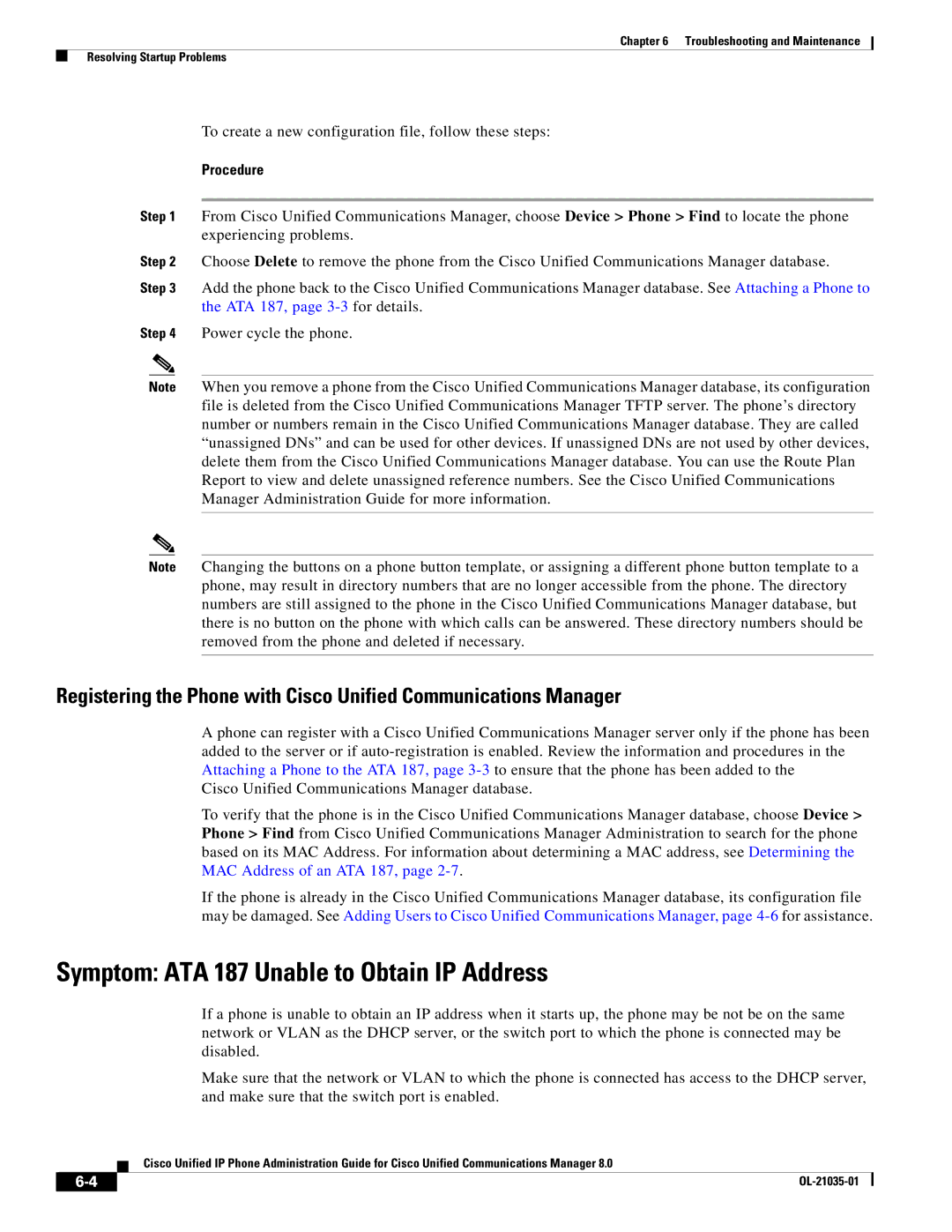OL-21035-01 specifications
Cisco Systems OL-21035-01 refers to a specific product or course pertaining to networking technologies offered by Cisco. While details of OL-21035-01 may allude to various learning modules, let’s explore its primary features, technologies, and characteristics that highlight the significance of Cisco’s offerings in the IT landscape.At its core, OL-21035-01 encapsulates essential networking principles and is likely part of Cisco's extensive training portfolio focused on solidifying foundational knowledge in networking. One prominent feature includes a comprehensive curriculum that covers advanced routing and switching concepts. This ensures participants are well-equipped to manage and maintain modern network infrastructures, which are critical in today’s connectivity-driven world.
The learning materials may also leverage dynamic teaching methodologies, engaging participants through simulations and practical labs. This experiential learning approach allows individuals to demonstrate proficiency in configuring Cisco routers and switches, troubleshooting network problems, and implementing strategies for optimizing performance.
In terms of technologies, OL-21035-01 aligns closely with modern networking trends such as Software-Defined Networking (SDN), Internet of Things (IoT), and cloud computing. Understanding these technologies is essential as organizations increasingly rely on scalable, flexible, and intelligent network solutions. The program may also delve into Cisco's proprietary technologies like Cisco IOS, which is fundamental for managing network devices.
Another characteristic of OL-21035-01 is its alignment with industry standards and best practices. This ensures that professionals undergoing training are prepared for real-world scenarios they will face while managing enterprise-level networks. Cisco certifications, often obtainable through these courses, are recognized globally and can significantly enhance career prospects.
Additionally, OL-21035-01 stresses the importance of security in networking. Participants learn about robust security protocols, firewall configurations, and strategies to protect networks against cyber threats, ensuring that they remain resilient in the face of growing security challenges.
Lastly, Cisco’s emphasis on continuous learning is mirrored in the iterative nature of its offerings, encouraging IT professionals to stay updated with the latest advancements in technology. Consequently, OL-21035-01 not only serves as a stepping stone in one’s career but also fosters a culture of lifelong learning, vital for navigating the ever-evolving tech landscape.
In summary, OL-21035-01 embodies a holistic approach to networking education, focusing on critical skills development, contemporary technologies, and a robust understanding of security measures necessary for thriving in the IT sector.

